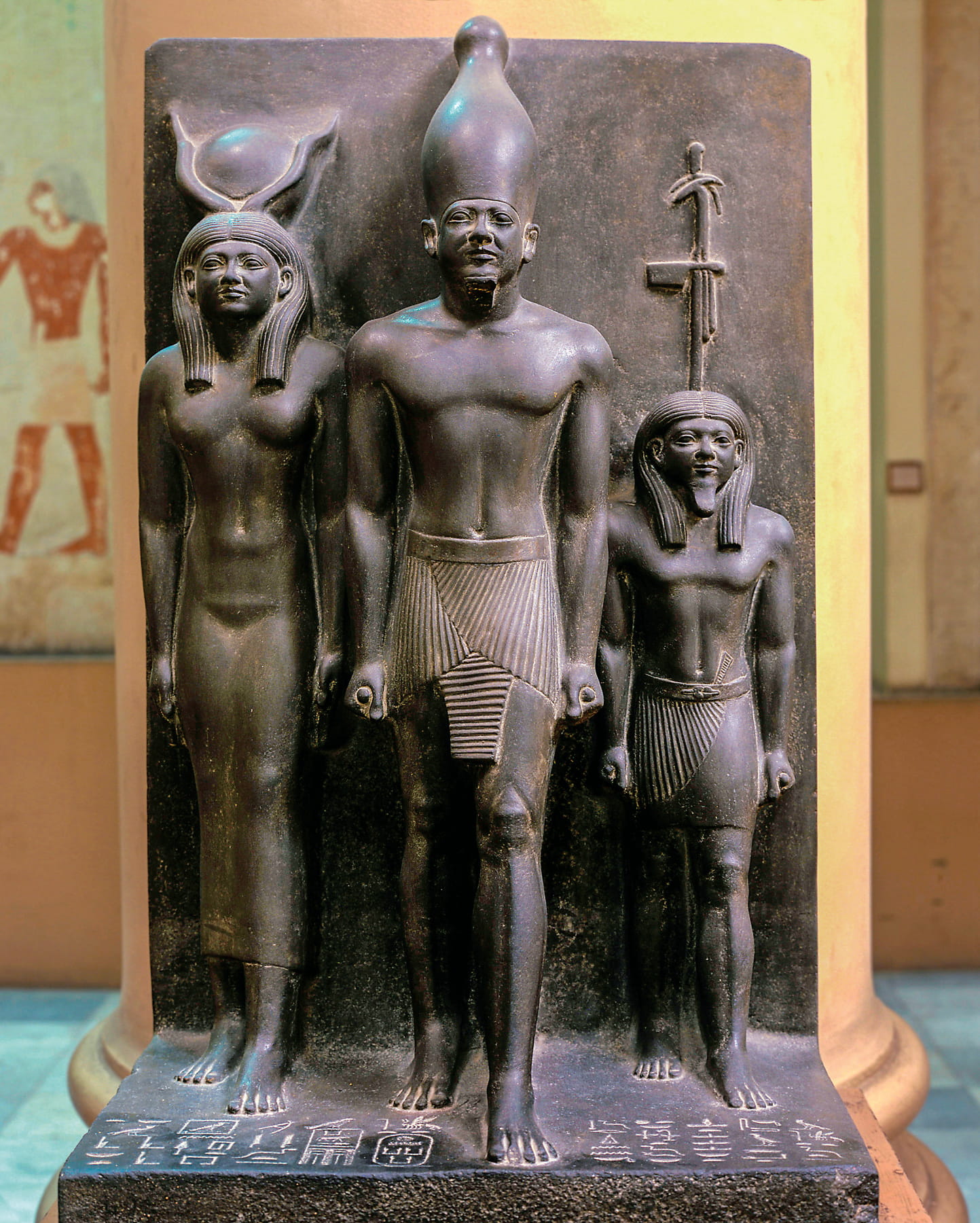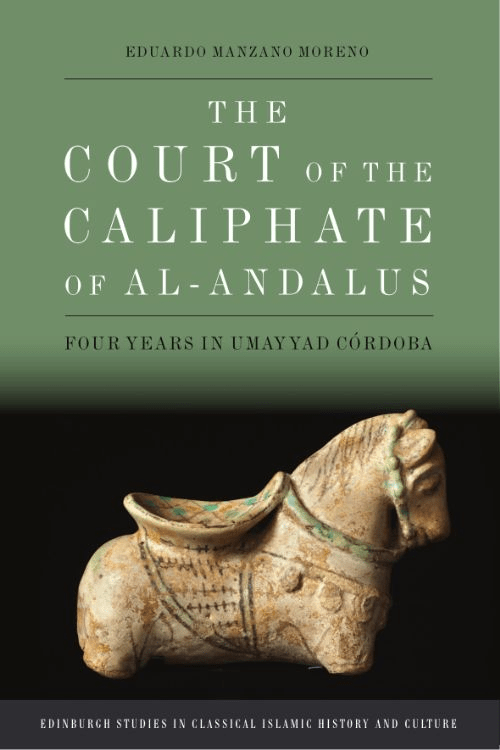Gardens of Renaissance Europe and the Islamic Empires: Encounters and Confluences
Tom Verde
Mohammad Gharipour, ed.
2017, Pennsylvania State UP, 978-0-27107-7-796, $94.95 hb.
While establishing diplomatic relations and trading goods during the Renaissance, the Islamic East and European West discovered a shared passion: gardens. European travel narratives to the major Islamic empires of the day—Ottoman Turkey, Safavid Persia and Mughal India—included descriptions, drawings and sketches of cities and their gardens. These added “to the reciprocal flow of ideas and concepts in terms of architectural and garden design,” including “exchanges of gardeners” and “horticultural or irrigation techniques.” Vivid descriptions of Ottoman gardens for example, led to the French court’s replacement of Italian gardeners “by Ottoman specialists after 1495.” The “gardens of Mughal emperors served as models” for the Lisbon gardens of Portuguese envoys to Goa and became “symbols of wealth and status.” In the cultural rivalry between Rome and Constantinople (today’s Istanbul), “villa gardens constituted a stage for outdoing each other.” This collection of scholarly, yet readable, well-illustrated essays closely examines how Islamic and European garden traditions interacted and influenced one another.
You may also be interested in...

The Legacy of Egyptologist George Reisner—Our Book Review
When George Reisner died in 1942, he did so surrounded by ghosts—not just the pharaohs he’d unearthed but the stacks of unpublished notes that entombed his legacy.
New Perspective Offered in The Court of the Caliphate of al-Andalus — Our Book Review
Author Eduardo Manzano Moreno gives life to a court scribe’s observations of Córdoba to offer a rarely explored view of the era